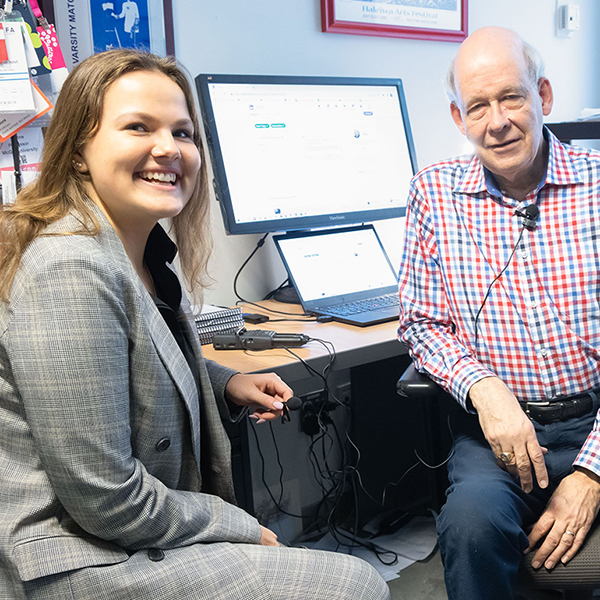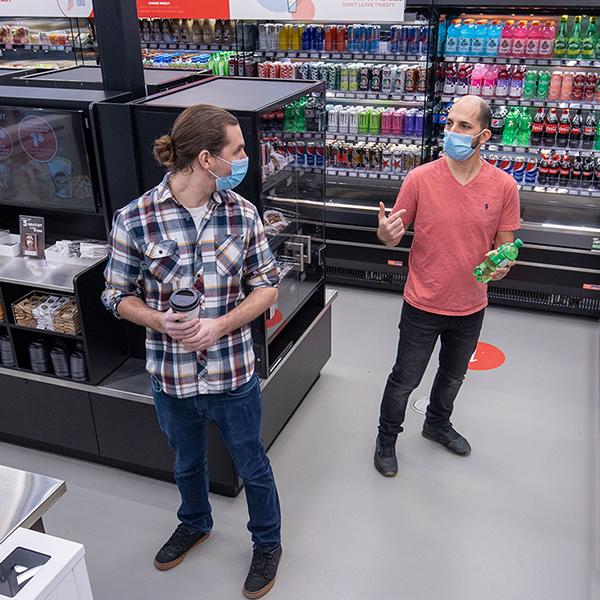When Emma Vaast looked at the use of social media platforms like Twitter following BP’s disastrous oil spill in the Gulf of Mexico in 2010, she was struck by how the online voices combined to create a social movement with a real-life influence on a key environmental issue.
“This was intriguing because I had thought Twitter was mainly used for gossiping about sports or entertainment celebrities,” says Vaast, a professor of information systems at McGill’s Desautels Faculty of Management.
Vaast and her collaborators wanted to understand how these online voices worked together through social media to tackle environmental problems and achieve a new form of organizing and collective engagement that she calls “connective action.” Their findings revealed that the effective use of social media as a rallying point for social change depended on complementary and interdependent interactions between three types of users: advocates, supporters and amplifiers.
“You need all three types of actors,” says Vaast.
Advocates create the initial content and supply momentum, ideas and strategies. Supporters add to the content and create depth. Amplifiers spread the message – and that’s crucial, because it attracts more people to the movement. In their analysis, Vaast and her research partners found that the greatest volume of tweets for sustained connective action, such as calls to boycott BP, came from amplifiers.
“Connective action through social media is one of the main ways of spreading social movements and collective action today,” says Vaast. “It goes beyond the power of one individual and is something new that technology allows us to do.”


